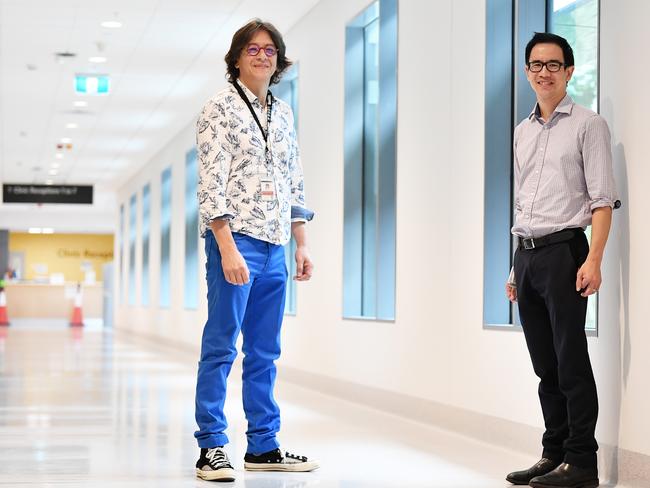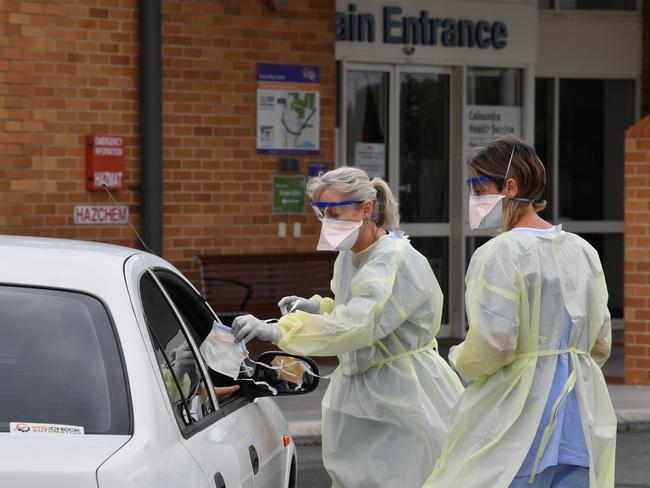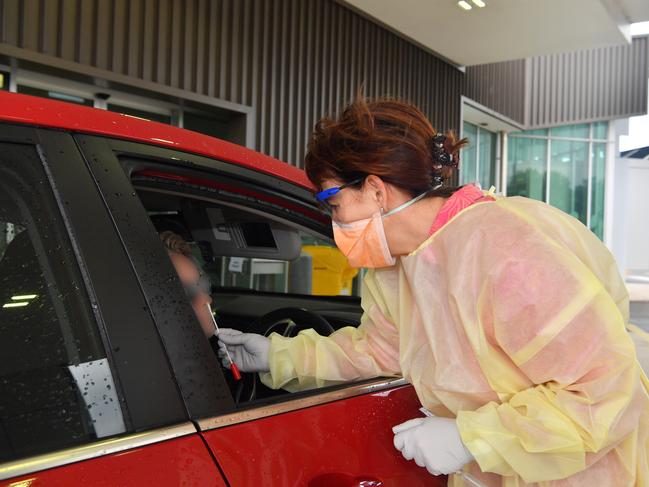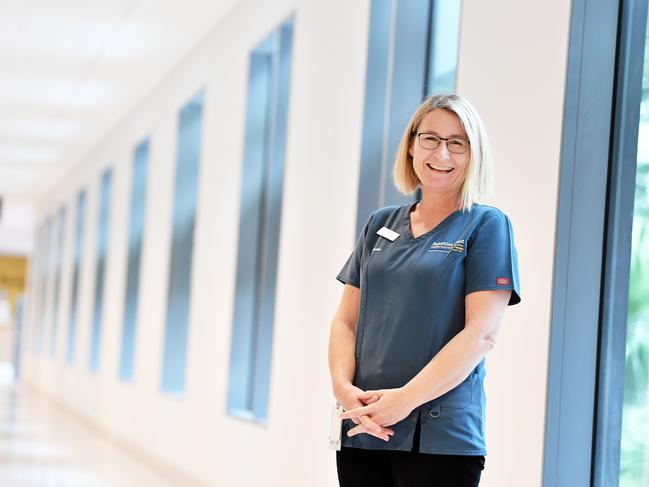How Coast hospital staff prevented a catastrophe
The early predictions around the coronavirus pandemic were catastrophic for the Sunshine Coast: 150,000 infected, 20,000 in hospital, 1000 in intensive care and 10 deaths

Sunshine Coast
Don't miss out on the headlines from Sunshine Coast. Followed categories will be added to My News.
THE early predictions around the coronavirus pandemic were catastrophic for the Sunshine Coast: 150,000 infected, 20,000 in hospital, 1000 in intensive care and 10 deaths.
The dire outlook was presented to Sunshine Coast Hospital and Health Service in January, one that threatened to overwhelm the system.
Word was only just beginning to circulate out of China about this deadly novel virus that was wreaking havoc.
As panic began to unfold from the general public, the region’s health service quickly set about implementing the procedures and steps to handle the demand.
To date, the Sunshine Coast has had 95 cases, of which 94 have made a full recovery. One person died.
Pure numbers alone show the service prevented a calamity from unfolding.
READ: Insolvency rates to flow when stimulus tap turns off

READ: Virus jobs famine could leave feast of produce to rot
Clinical director of infectious diseases Dr Keat Choong remembered reading those early figures and the “rapidly increasing concern” surrounding them.
“When you hear those numbers and see what’s happening elsewhere, you are concerned,” Dr Choong said.
“It was an extremely busy few months. And very stressful for everyone involved.”
Dr Choong said the system was not overwhelmed from a combination of efforts - closing the borders, being vigilant in physical distancing and people following public health measures.
He said no one group among the 8000 hospital and health staff played a larger role than another,
“Obviously there is a group of people who I am apart of in developing the procedures and plans to help manage it,” Dr Choong said.
“But every single person from doctors, nurses, operational staff, kitchen staff, physios, administration, everyone had a role. I don’t think any one role is more important.
“If one group is unable to do their job things might not have gone as smoothly. There’s no such thing as a small role.”

READ: Coast is clear as man, 30, recovers from COVID-19
Dr Ted Chamberlain, director of hospital in the home service, said the way that his colleagues adapted to the new normal was something his he “profoundly proud” of.
“Seriously. It was a frightening situation which we did surprisingly well in,” Dr Chamberlain said.
“In my small sphere I saw people stand up and pivot to deliver glorious, safe care. I am profoundly proud.
“The Sunshine Coast team has a motto. ‘Exceptional people, exceptional care’. And I saw that above and beyond during covid.”
Dr Chamberlain was one of the many staff who had to remain calm despite being dressed in full protective gear, “looking like a martian”.
“People were very afraid it would cause death and destruction,” Dr Chamberlain said.
“It is very hard to make someone feel secure when you’re dressed like a martian, head to toe in plastic. Then stick something up their nose. Everyone did well.”
Acting clinical director of the fever clinics Dr Fiona Jackson was another who responded to panic with authority.

READ: How Coast can share in trans-Tasman travel bubble
She was just weeks into a role as a senior medical officer at Caloundra’s Minor Illness and Injury Clinic and had not heard of the term “fever clinic” in February.
“I hadn’t even heard of what a fever clinic was. And basically we had one set up in five days,” Dr Jackson said.
“At the start there was a lot of anxiety. We were so new to what was happening.
“Seeing people in space suits can be difficult. It was daunting. So you just have to be calm.”
Dr Jackson remembered the initial long line of testing at the centre that had to be enforced by police.
But now with no restrictions imposed on who can be tested, she said the centre is facing peak numbers.
“We are testing 100 people per day,” Dr Jackson said.
“The way we tested people early and learned on the job. It was an amazing effort from everyone.”
Dr Jackson encouraged people to be careful.
“If everyone looks after themselves it will pass. We will get through this.”


